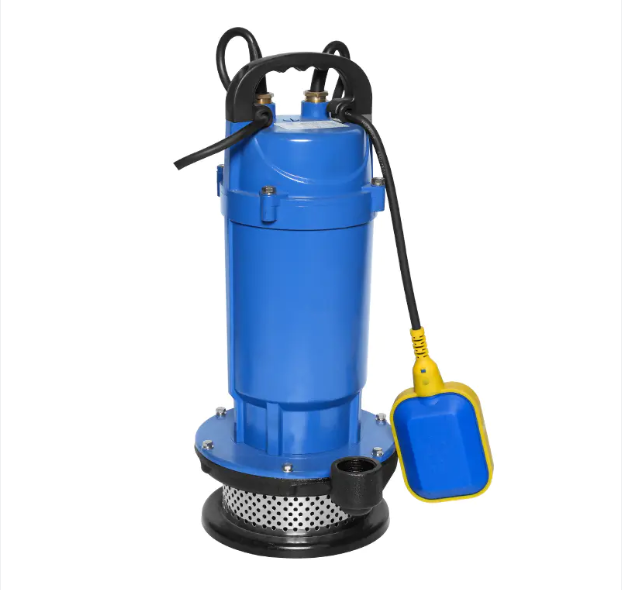A submersible water pump is a type of pump designed to operate while completely submerged in water or other liquids. This feature distinguishes it from other pumps that operate above the water surface. The design allows the pump to push water to the surface rather than pulling it, which generally makes it more efficient in various applications such as drainage, irrigation, and water supply.
The core advantage of a submersible water pump is its ability to work underwater without the risk of motor damage. The motor and pump are sealed inside a waterproof casing, protecting internal components from water and allowing the pump to operate in harsh environments. This design eliminates problems related to cavitation and air locks, which can occur in other pump types.
Typically, a submersible water pump consists of an electric motor directly coupled to the pump body. It is connected to a power source via a waterproof cable. When the motor runs, it drives an impeller that moves water through the pump's outlet. The pump can handle water with solid particles, depending on its specific design, making it useful in agricultural fields, construction sites, and sewage systems.
One of the common uses of a submersible water pump is in residential water wells. These pumps can efficiently draw water from underground sources, providing a reliable supply for household needs. In addition, they are used in fountains, aquariums, and fish ponds where the pump remains submerged and quietly circulates water.
In industrial settings, the submersible water pump is often employed for dewatering applications, such as removing water from flooded areas or construction sites. The pump's robust construction and ability to handle debris make it a practical solution for challenging environments. Similarly, it is used in sewage treatment plants where it handles wastewater with solid waste.
The maintenance of a submersible water pump requires attention to seals and bearings to prevent water ingress. Regular inspection ensures the pump continues to operate efficiently. Many models are designed for easy disassembly, facilitating cleaning and replacement of worn parts. Proper installation is crucial to avoid overheating and ensure optimal performance.
Energy efficiency is another consideration when choosing a submersible water pump. Many modern designs include features that reduce power consumption without sacrificing performance. For example, variable speed drives allow the pump to adjust its flow rate based on demand, conserving energy and extending the pump's service life.
Durability is a key aspect of the submersible water pump. Materials such as stainless steel and high-quality plastics are commonly used to resist corrosion and wear. This construction allows the pump to function in various water conditions, including saline and chemically treated water.
When selecting a submersible water pump, factors such as flow rate, head height, power supply, and liquid type should be considered. Matching the pump specifications to the application ensures reliable operation and prevents premature failure.
The submersible water pump is a versatile and efficient solution for moving water in many different environments. Its waterproof design, energy efficiency, and ability to handle solids make it suitable for residential, agricultural, industrial, and environmental uses. Proper care and selection based on specific needs can help users maximize the pump's lifespan and effectiveness.
